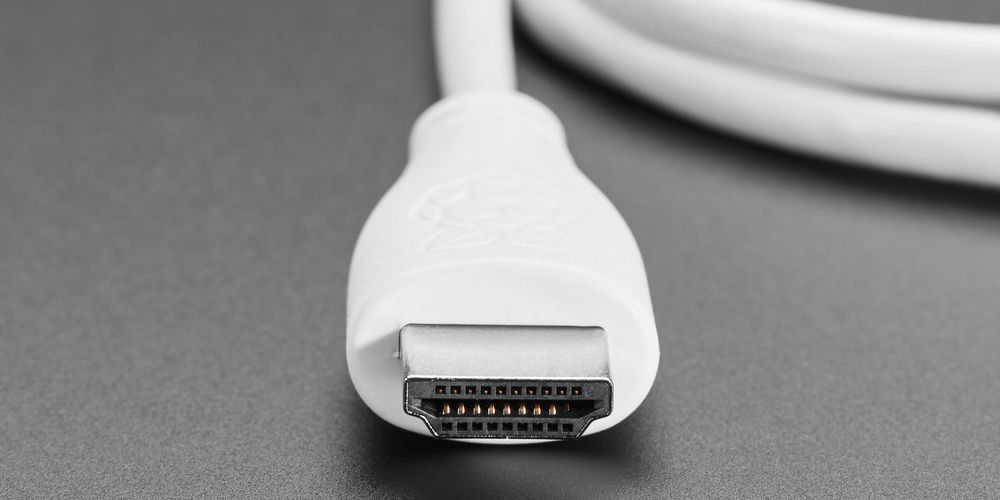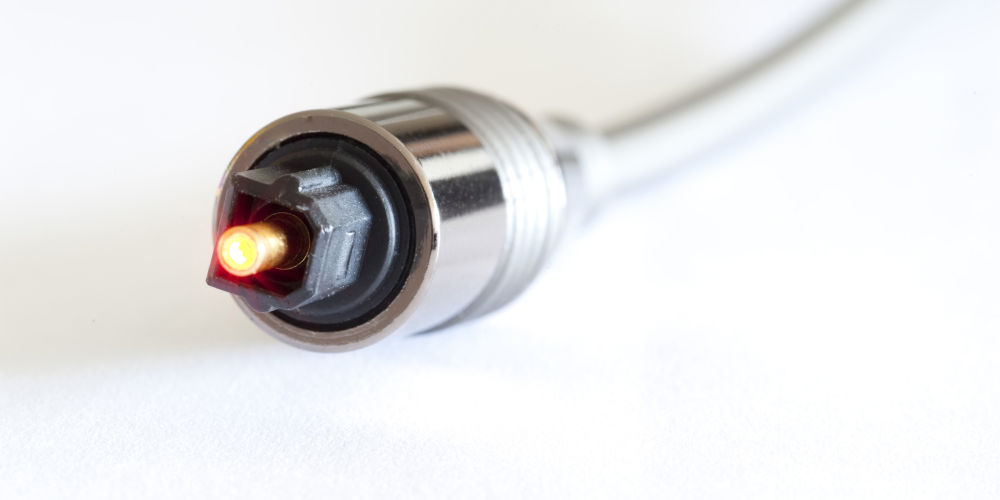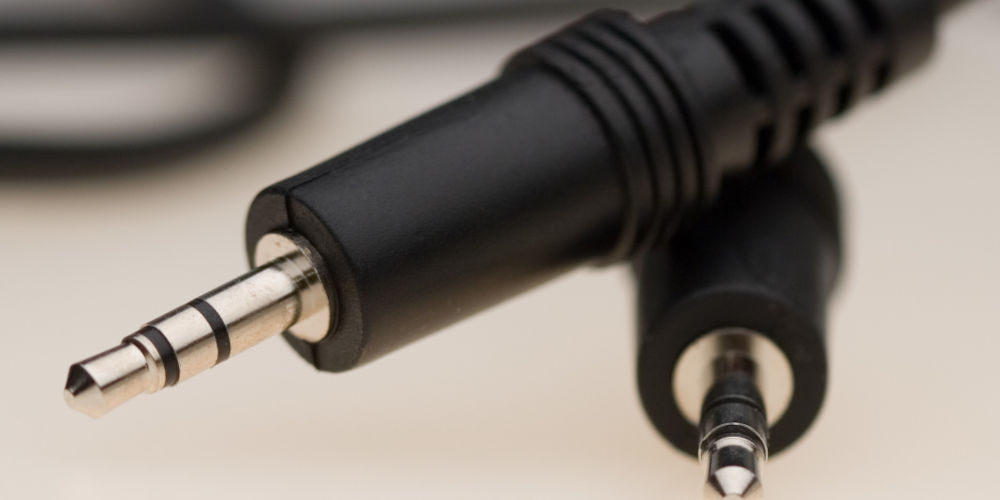How to connect a soundbar to a TV: 4 options

Most modern TVs suffer from poor sound as they use rear-mounted speakers, meaning sound has to bounce off the wall before reaching your ears. You can instantly improve the audio quality by using external speakers such as the best soundbar. There are several ways to learn how to connect a soundbar to a TV.
As with other AV gear, there are multiple ways to connect your soundbar and TV. Knowing your best option can be difficult, not to mention what’s the ideal AV cable to use. Do you use a stereo mini-jack cable or an optical cable?
Thankfully, when deciding how to connect a soundbar to a TV, the choice is between two approaches:
Option 1: Use your soundbar as a hub
Connect your devices (such as TV, MP3 player and Smartphone) directly using the different inputs (Optical, HDMI, mini-jack and Bluetooth). You’ll only need a single cable to connect your TV to the soundbar.
Option 2: Use your soundbar as an external speaker
You could connect all of your devices to the TV and then run a single cable from your TV to the soundbar. But you’ll need to turn on the TV to use the soundbar.
How to decide between the options?
As both approaches are equal, it depends on what soundbar you have, how you intend to use the unit and if your TV is HDMI ARC compatible. Let’s look at four ways how to connect a soundbar to a TV while maintaining the highest quality audio.
#1 HDMI cable

When considering how to connect a soundbar to a TV, the best option is to use an HDMI cable, particularly if you care about listening to hi-def audio.
Why should you use HDMI?
The HDMI format, by design, can carry large amounts of uncompressed digital data (both audio and visual). The HDMI standard can handle audio from a stereo signal to up to 5.1, 7.2, and more.
Also, they can carry newer cinematic sound experiences such as DTS, Dolby Digital, DTS: X, and Dolby Atmos, ensuring you’re listening to the best audio quality.
That said, most TV use input-only HDMI. So only receive data from devices they’re connected to and don’t send signals.
How to use an HDMI cable to connect a soundbar to a TV
For the best results, your TV needs to be HDMI ARC compatible. The ARC part stands for Audio Return Channel and means signals can travel in both directions along the cable.
If your TV offers HDMI ARC connections, you can connect all of your devices (set-top boxes, games consoles, Blu-ray players) to your soundbar. You only need to run a single HDMI cable from your soundbar to the TV.
Confirm it’s working by only using the HDMI inputs on your soundbar when connecting devices. Link your soundbar and TV using the HDMI ARC or HDMI output. Otherwise, it won’t work.
Bear in mind that more affordable soundbars might not have an HDMI port. That said, if you have or are buying a mid to high-end soundbar, it will have at least one HDMI port.
If your soundbar doesn’t have an HDMI port, don’t worry. You still have plenty of options available that result in superb sound quality.
#2 Digital optical cable

If your soundbar lacks an HDMI port, you will want to connect a soundbar using a digital optical cable. As the next best option, it can handle audio from a stereo signal up to 5.1 surround sound and everything in between.
Try using a digital coaxial cable instead!
Your TV and soundbar might have either or both digital optical and digital coaxial ports. They are slightly different both in terms of their design and how they transmit signals. An optical cable uses a square connector, whereas a coaxial cable has a circular connector.
Optical cables convert the electrical signal to optical light, which is then transmitted down the cable. At the other end, it’s converted back to an electrical signal, meaning they provide the best sound quality possible.
Some prefer using an optical cable over a coaxial cable because you’ll get less electrical interference. Well, that’s the theory! However, it’s almost impossible to tell the difference in practice as they’re both designed to transmit high-quality digital audio.
You will want to check your TV and soundbar before you buy any cables as most TVs have an optical connector, but not all TVs support digital coaxial.
#3 Line out (3.5mm or RCA) cable

Moving on to analogue audio, which isn’t as rich as digital nor are they capable of carrying more than a stereo signal. Don’t expect them to miraculously deliver a surround sound experience. That said, they are a variable alternative to the digital options we’ve covered above.
How to use a 3.5mm line out to connect a soundbar to a TV
Your TV will likely have two mini-jack outputs. Typically one is labelled Line out and the other, Headphone. Confusingly, they look identical but have different roles. You’ll want to use the Line out as this isn’t amplified, allowing your soundbar to process the audio correctly.
Using a 3.5mm mini-jack cable, simply connect one end of the cable to your TV’s Line out port and the other end to your soundbar. Easy, right?!
Connecting a soundbar and TV using RCA
You’ve probably seen and used RCA cables without realising! They’re circular red and white connectors. You might have seen cables with three RCA plugs (the yellow is for video).
You want to match colours from your TV and soundbar. Otherwise, it will sound weird. So take an extra second to plug the red connector into the red output socket, and the white one into the white output socket.
Don’t worry if your TV doesn’t have a stereo RCA output but your set-top box, DVD, or Blu-ray player does, as you can plug your soundbar directly into one of these devices instead. Bear in mind, you’ll only be able to hear sound from the device it’s connected to!
#4 Headphone jack cable

If all else fails, use your TV’s headphone output jack to connect a soundbar using a mini-jack cable (sometimes called an AUX cable). So, you’ll want to experiment with settings. It might sound awful without any adjustments.
While most TVs will have both a Line out and Headphones, some will have only one socket, which can act as either. You’ll need to change the function from headphones to Line out. Doing so will provide you with better audio. If in doubt, read the manual!
Connecting a soundbar to a TV using a headphone jack
If your TV only has a headphones output, you’ll need to find the audio setting menu. Next, you will want to adjust your volume, bass and treble settings until you find a balanced sound.
As headphones are unpowered, the output will be louder than you need as your soundbar has an amplifier built-in. So remember to start with both your TV and soundbar on low volumes.
Adjust just your soundbar until you find a comfortable volume. If it’s too quiet, you can still turn up the sound on your TV.
If you decide to use your TV’s inbuilt speakers, you’ll also need to adjust the audio settings. With all of that said, using the TV’s headphones out won’t be the best sound quality.
That’s how to connect a soundbar to a TV
As you now know how to connect a soundbar to a TV and have a few different methods, you should be able to improve your TV’s sound in minutes. The best method is to use an HDMI cable. You only want to use an mini-jack or AUX cable as your last resort.
If you’re stuck knowing where to position your soundbar, start with our article on Where’s the ideal soundbar placement? as it explains everything you need to know in easy to understand steps.




